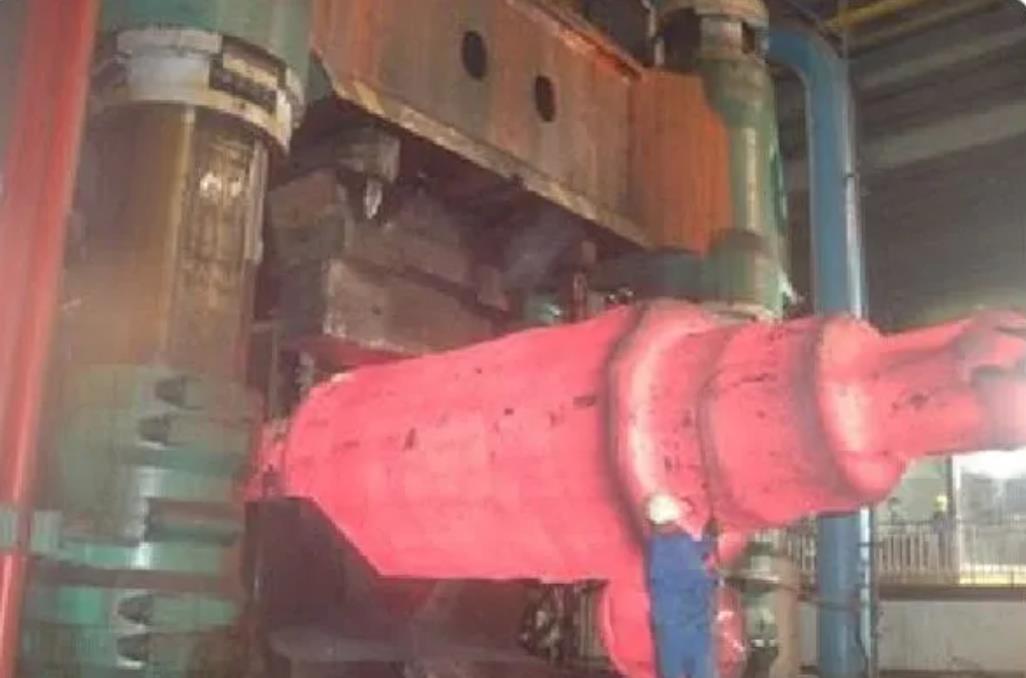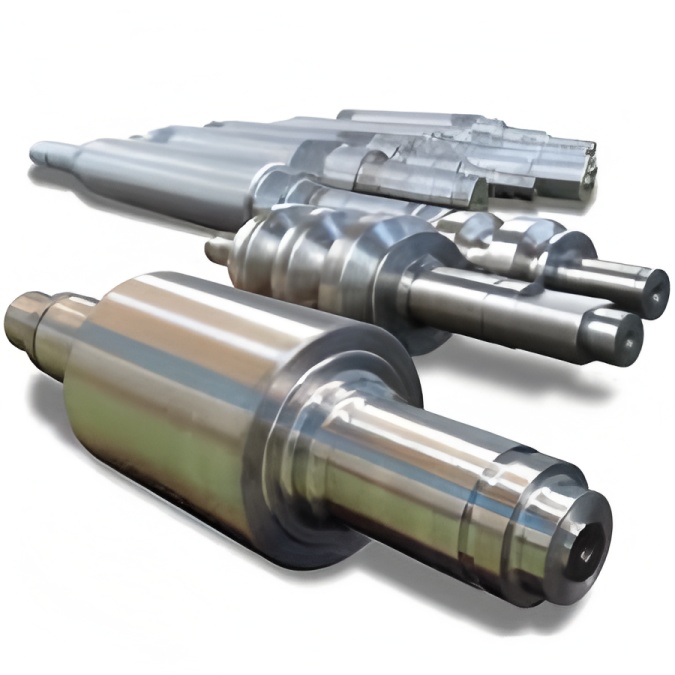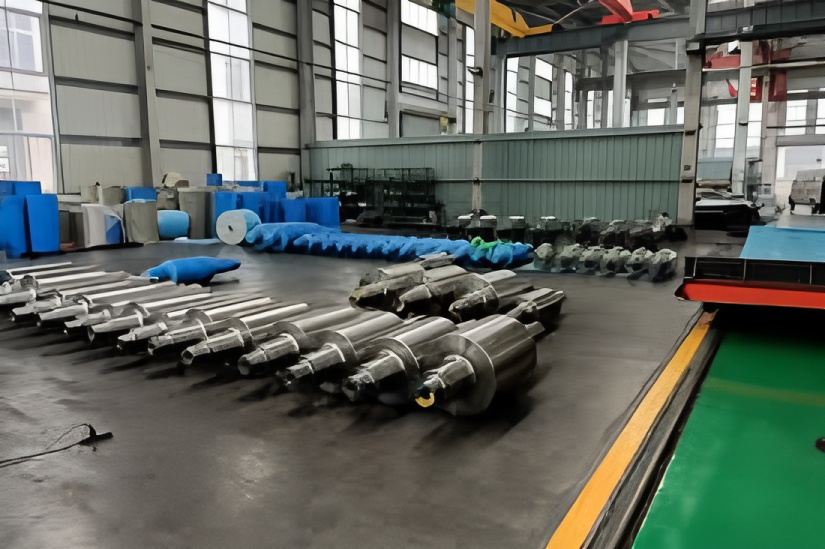Key Questions and Answers on Heat Treatment in Steel Rolling Processes
I. Common Quenching Methods and Selection Principles
Quenching Methods:
Single-liquid quenching – Cooling entirely in one quenching medium. This method generates significant structural and thermal stress, resulting in substantial deformation.
Double-liquid quenching – Aims to cool rapidly between 650°C and Ms temperature to achieve V > Vc, then cool slowly below Ms to reduce structural stress.
Carbon steel: water then oil
Alloy steel: oil then air
Interrupted (staged) quenching – The workpiece is held at a specific temperature to equalize internal and external temperatures, followed by air cooling. Martensitic transformation occurs during air cooling, minimizing internal stress.
Austempering – Involves isothermal transformation in the bainite temperature range, yielding low internal stress and minimal deformation.
Selection Principle: Choose methods that meet performance requirements while minimizing quenching stress to prevent deformation and cracking.
II. Chemical Vapor Deposition vs. Physical Vapor Deposition
Chemical Vapor Deposition (CVD):
A process where vaporized reaction media containing coating elements are introduced into a high-temperature chamber to react with the workpiece surface, depositing alloys, metals, or compounds.
CVD Characteristics:
Can deposit various crystalline/amorphous inorganic thin films
High purity, strong adhesion
Dense, low-porosity layers
Good uniformity, simple equipment/process
Requires high reaction temperatures
Application: Surface coatings on steel, cemented carbides, non-ferrous metals, and inorganic non-metals – including insulator, semiconductor, conductor, superconductor, and corrosion-resistant films.
Physical Vapor Deposition (PVD):
Direct deposition of gaseous substances onto workpiece surfaces as solid films. Three basic methods: vacuum evaporation, sputter coating, and ion plating.
Application: Wear-resistant, heat-resistant, corrosion-resistant, lubricating, functional, and decorative coatings.
III. Fatigue Fracture Morphology
Microscopic:
Appears as striations (fatigue streaks) under electron microscopy. Includes ductile and brittle types with characteristic spacing, where each striation corresponds to one stress cycle under specific conditions.
Macroscopic:
Typically exhibits brittle fracture characteristics with no visible deformation. Features include:
Small, flat fatigue origin areas (sometimes mirror-like)
Crack propagation zones resembling beach marks or shell patterns
Multiple origins may show concentric arc patterns
Final fracture zone morphology depends on material and load conditions (dimples, quasi-cleavage, intergranular fracture, or mixed modes)
IV. Common Induction Heating Quenching Defects and Causes
Cracking:
Overheating or uneven temperature
Improper quenchant selection/temperature
Delayed/inadequate tempering
High hardenability, composition segregation, defects, excessive inclusions
Poor part design
Uneven Surface Hardness:
Suboptimal inductor design
Non-uniform heating/cooling
Material issues (banded structure, localized decarburization)
Surface Melting:
Poor inductor configuration
Part geometry issues (sharp corners, holes, defects)
Excessive heating time or pre-existing surface cracks



